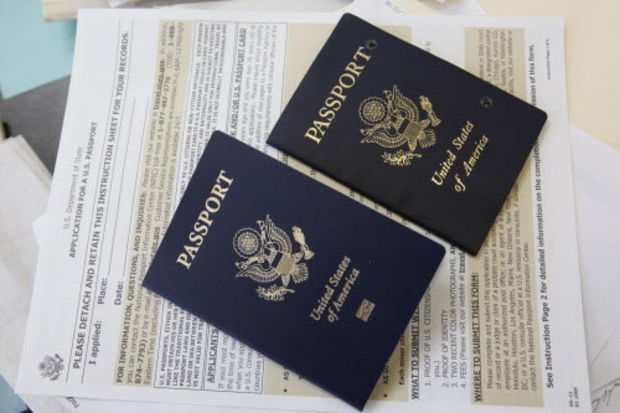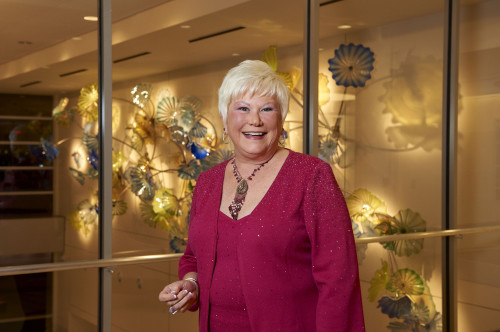
The Roe Green Center for Travel Medicine, named after a Lyndhurst philanthropist, will use a $5 million gift to expand research support, launch an annual lecture series on emerging global health problems and develop tele-consultation capacity for travel and international diseases, among other initiatives. (AP Photo/Damian Dovarganes)
Cleveland , Ohio :
A $5 million gift from a local philanthropist is being used to establish the Roe Green Center for Travel Medicine at University Hospitals. The donation by Green, a Lyndhurst woman who has provided significant funding to a variety of local causes for years, will help transform UH’s travel medicine clinics.
UH’s travel clinics , at UH Case Medical Center, and the UH Chagrin Highlands and UH Westlake health centers, provide pre-travel preventive care and education, and diagnosis and treatment for ill travelers upon their return. The gift will allow UH to begin planning for a future clinic at UH Ahuja Health Center in Beachwood, replacing the Orange Village location.
The gift also will support research, an annual lecture series on emerging global health problems, and telemedicine.
When UH’s travel clinic first opened in 1972, it was the first of its kind in the United States. Roughly 150 people sought medical services in that first year, said Dr. Robert Salata, chief of infectious diseases at UH Case Medical Center and professor of medicine at Case Western Reserve University School of Medicine. Today, the number of annual visits is close to 4,500, he said.
What sets UH apart from other travel clinics is its multiple locations, physicians on staff, research, and that it provides pediatric care through UH Rainbow Babies & Children’s Hospital, and care to foreign visitors and immigrants, Salata said.
The number of international tourist arrivals worldwide reached a record 1.087 billion in 2013, an increase of 5 percent over 2012, according to the United Nations World Tourism Organization.
By 2030, that number will reach 1.8 billion; UNWTO projects that travel to emerging destinations – places like Vietnam, Central and South America and Sub-Saharan Africa – will grow at twice the rate as travel to regions with advanced economies.
While the deadly Ebola virus has pushed the issue of safe international travel in the forefront, it’s mosquito-borne illnesses such as malaria and Chikungunya – the latter of which in recent years has begun to flourish in the Carribean, Latin America and the southern U.S. – that are much bigger threats to more travelers, Salata said. There is no treatment available for Chikungunya, the symptoms of which include severe joint pain and arthritis that can last for several months.
“Only about 40 percent of folks are seeking pre-travel advice about the risks and preventive medications,” Salata said. With more people visiting foreign countries – including more elderly people, pregnant women and people with underlying medical conditions – more attention needs to be paid to preventive care, he said.
Green has provided substantial support to various causes, among them the performing arts, Kent State University and a Chardon-based shelter and counseling service.
This latest gift, Green concedes, is a bit “out of the box” for her.
“I love to travel,” said Green, who began traveling overseas as a teenager with her parents, and who has been to more than 160 countries. Now in her 60s, she stops by UH’s East side clinic before every trip. “To me, the best education you can get is through traveling.”
As part of Green’s wish for the Cleveland area to develop a reputation as a center for information on international infectious diseases, “I’d like to see more people do research on more of these rare diseases,” she said.
To that end, part of the grant will be dedicated to supporting the work of individual physician-investigators in the area of travel medicine and international infectious diseases – strengthening the ongoing work being done at UH Case Medical Center and CWRU, which ranks fifth in the nation in National Institutes of Health funding for infectious disease research.
“We envision putting aside money on an annual basis on what we call pilot research funding,” Salata said. “I think this really will allow us to develop something special.”
source: http://www.cleveland.com / Home / by Angela Townsend, The Plain Dealer / November 17th, 2014


